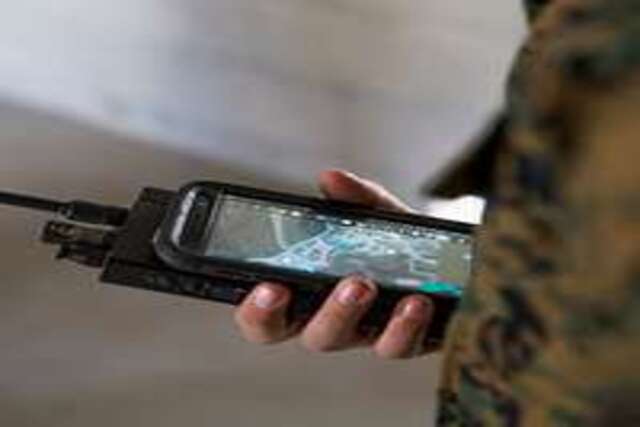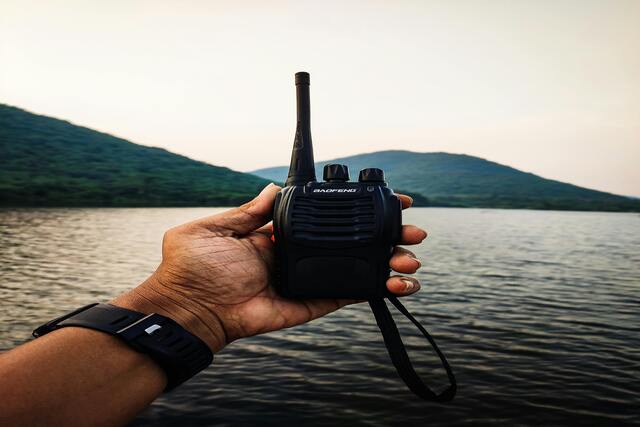Mobile Radios have become an essential communication solution for modern remote and field-based teams. In industries ranging from construction and logistics to emergency response and agriculture, these rugged, high-performance devices offer reliable, real-time connectivity when it matters most. As traditional cellular networks often fall short in remote or rugged environments it provides a lifeline that keeps teams connected, safe, and productive. This article explores why it remain indispensable for remote workforces, how to choose the best one, and why trusted brands like Motorola mobile radios continue to lead the way in mobile radio communication.
Table of Contents:
Understanding Mobile Radios
They are two-way radios typically installed in vehicles or used as desktop communication devices. Unlike handheld radios, they offer higher output power, extended range, and more robust features. They are designed to provide seamless communication across long distances, often where cellular networks are unreliable or non-existent.
The Rise of Remote Workforces through Mobile Radios
The rise of remote and decentralized teams has created a need for stronger, more reliable communication systems. In industries such as oil and gas, forestry, and public safety, workers are often deployed to locations far from urban infrastructure. In these scenarios, such radios become indispensable, offering a lifeline of instant, uninterrupted communication.
Why Mobile Radios Are Critical for Remote Teams
1. Reliable Communication in Remote Areas
Unlike mobile phones, which depend on cellular coverage, it operates on dedicated radio frequencies. This allows for consistent communication in remote regions, mountainous terrains, deep forests, and underground mines where cell signals often fail.
2. Instant Connectivity of Mobile Radios
They offer push-to-talk functionality, enabling instant communication without the need to dial numbers or navigate menus. This is crucial in emergency situations where every second counts.
3. Durability and Rugged Design
Built for the harshest environments, the best mobile radios are designed to withstand extreme temperatures, moisture, dust, and mechanical shocks. This makes them suitable for use in heavy-duty industries like construction, shipping, and mining.
4. Longer Battery Life of Mobile Radios
Unlike smartphones that need frequent charging, it especially vehicle-mounted models) draw power from the vehicle itself, ensuring uninterrupted service throughout the workday.
Features That Make Mobile Radios Indispensable

High Power Output
They are typically operate at 25 to 50 watts, providing significantly greater transmission range than handheld devices. This extended reach makes them ideal for coordinating activities over wide areas.
Multiple Channels and Talkgroups through Mobile Radios
Advanced radios offer programmable channels and talkgroups, allowing users to segment communication by department, team, or activity—improving efficiency and reducing channel congestion.
GPS and Location Tracking
Some modern radios include GPS functionality, enabling supervisors to track team members’ locations in real-time. This enhances safety and allows for better resource allocation.
Encryption and Privacy Features
Secure communication is vital in industries dealing with sensitive information. Many of the best mobile radios come with built-in encryption to protect against eavesdropping.
Use Cases of Mobile Radios in Various Industries
1. Safety of the Public
They are essential for emergency medical services, police, and fire departments to dispatch units, coordinate responses, and handle crisis situations. The ability to communicate instantly and clearly can mean the difference between life and death.
2. Construction and Infrastructure
Large construction sites require real-time coordination between managers, equipment operators, and laborers. With loud environments and expansive areas, mobile radios ensure clear, uninterrupted communication.
3. Transportation and Logistics
Fleet managers use mobile radio communication to track delivery trucks, communicate road hazards, and reroute vehicles as necessary. This leads to improved delivery times and reduced fuel costs.
4. Agriculture and Farming
In large agricultural operations, workers spread across miles of land rely on mobile radios to manage irrigation, coordinate harvesting, and monitor livestock, improving efficiency and safety.
5. Energy Sector
Oil rigs, power plants, and utility crews often operate in remote or hazardous areas. Motorola mobile radios, known for their reliability, are widely used in this sector to maintain safety and streamline operations.
Motorola Mobile Radios: Leading the Pack

When it comes to quality and reliability, Motorola mobile radios are often considered the gold standard. The brand has a long-standing reputation for delivering durable, feature-rich radios suitable for both government and commercial use.
Key Models to Consider:
- Motorola XTL5000: Known for its secure P25 digital communication capabilities.
- Motorola CM200d/CM300d: Affordable and simple to use, ideal for small-to-mid-sized businesses.
- Motorola APX Series: Designed for public safety professionals with advanced encryption and rugged build.
These Motorola mobile radios are engineered for top-tier performance in demanding environments, offering features like Bluetooth, GPS, and integrated Wi-Fi for future-proof communication systems.
The Role of Digital Mobile Radios (DMR)
The evolution from analog to digital has enhanced the capabilities of it significantly. Digital Mobile Radios (DMR) offer:
- Clearer Audio: Reduced background noise and better voice quality.
- Greater Coverage: Extended range compared to analog systems.
- Data Services: Support for text messaging, telemetry, and remote commands.
For teams spread across wide geographic areas, switching to DMR systems can be a game-changer.
Choosing the Best Mobile Radios for Your Team
When selecting the best one, consider the following:
- Coverage Area: Determine the distance between communication points.
- Environmental Conditions: Choose radios that can withstand the local climate and job site conditions.
- Functionality: Decide whether you need GPS, encryption, or integration with other digital systems.
- Budget: While premium options like Motorola come with a higher price tag, they often deliver better ROI through durability and performance.
Integration with Other Communication Systems
Modern radios can be integrated with other communication platforms, such as:
- Dispatch Consoles
- Emergency Alert Systems
- SCADA and IoT Networks
- Mobile Apps and LMR-to-Cellular Gateways
These integrations ensure that no team member is ever out of reach, no matter where they are.
Safety Benefits of Mobile Radios
Safety is a top priority for remote workforces. They contribute significantly by:
- Providing a direct line of communication in emergencies.
- Enabling instant alerts and broadcast messages.
- Allowing for worker check-ins and status reports.
- Supporting lone-worker monitoring and geofencing alerts.
Regulatory Compliance
In many countries, communication equipment used in certain industries must comply with local regulations (e.g., FCC in the U.S.). Choosing certified equipment like Motorola mobile radios helps ensure compliance and avoids legal complications.
Training and Support
To fully leverage radio communication, it’s essential that all users are trained in best practices, such as radio etiquette, channel usage, and emergency procedures. Most reputable vendors offer training and 24/7 support services to ensure smooth operation.
Future of Mobile Radio Communication
The future of such communication is promising, with trends such as:
- AI-enhanced Audio Processing: For clearer communication in noisy environments.
- Cloud Integration: For centralized data access and management.
- 5G Hybrid Radios: Combining traditional radio frequency with cellular data for even greater coverage.
As industries continue to digitize and expand their operational footprints, the need for robust, reliable communication tools like mobile radios will only grow.
Conclusion
In an age of technological advancements, where satellite phones and smartphones are becoming increasingly common, mobile radios remain a vital, reliable, and cost-effective solution for remote workforce communication. Whether it’s for safety, coordination, or productivity, the benefits are undeniable. Investing in the best mobile radios, such as Motorola mobile radios, ensures that your team remains connected, efficient, and safe—no matter how far off the grid they are. As operations continue to expand into more remote and challenging terrains, the role of mobile radio communication becomes even more crucial, reinforcing its place as a backbone of modern field operations.






